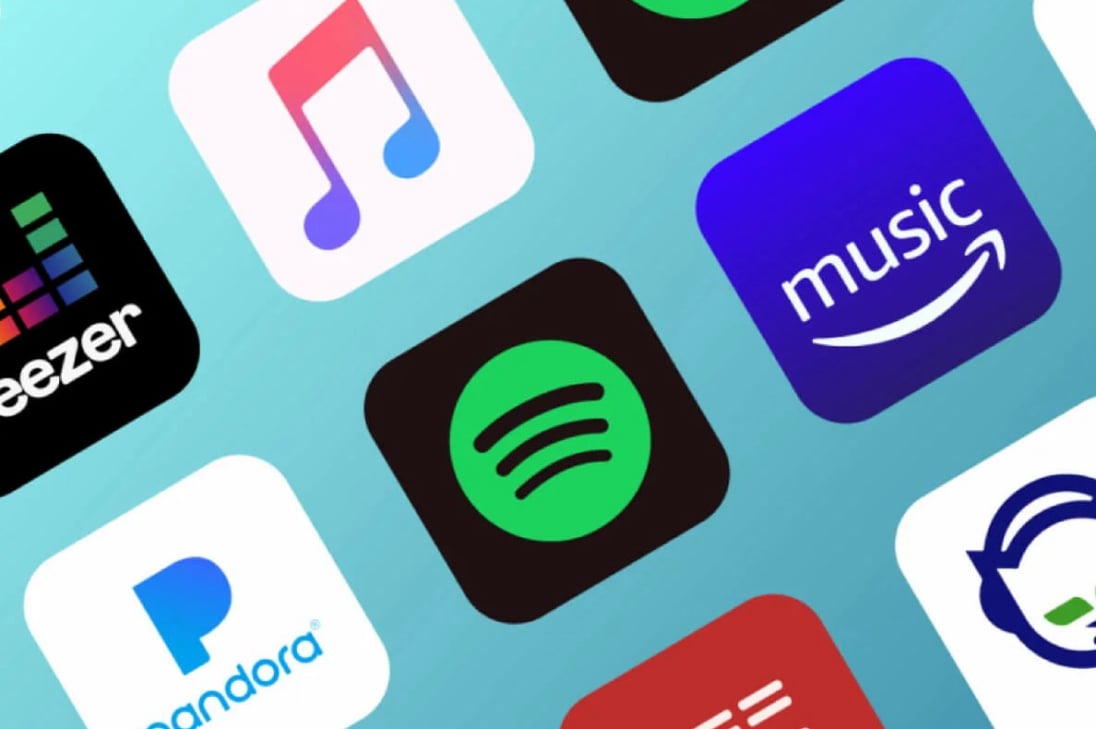
How Streaming Changed the Way We Experience Music
Before streaming, music was a physical experience—flipping vinyl, rewinding cassettes, or burning CDs for friends. The digital revolution began with Napster and iTunes, but streaming services like Spotify and Apple Music transformed consumption entirely.
Instant access to millions of songs has made discovery effortless. Algorithms suggest new artists, curated playlists replace albums, and listeners hop between genres without commitment. For fans, it’s a golden age of variety—but for artists, the economics are brutal.
Royalties from streaming are notoriously low. While superstars profit from massive listener counts, mid-tier musicians struggle. Some rely on touring and merch, but not all can sustain that model. The debate over fair pay continues, with some platforms experimenting with user-centric payment systems.
Streaming has also altered creativity. Artists now consider playlist placement, leading to shorter songs and more repetitive hooks. The "album era" has faded, replaced by singles and EPs designed for quick consumption. Yet, some musicians resist, crafting cohesive records meant for deep listening.
Social media amplifies streaming’s impact. Viral trends on TikTok can catapult obscure tracks to global fame overnight. This democratization is thrilling but unpredictable—careers can skyrocket or fizzle based on fleeting attention spans.
Will streaming’s dominance last? New technologies like blockchain and decentralized platforms promise alternatives, but convenience still rules. The future may lie in hybrid models—subscriptions with fan-supported perks or immersive audio experiences.
One thing’s certain: music will keep evolving, and so will how we listen.